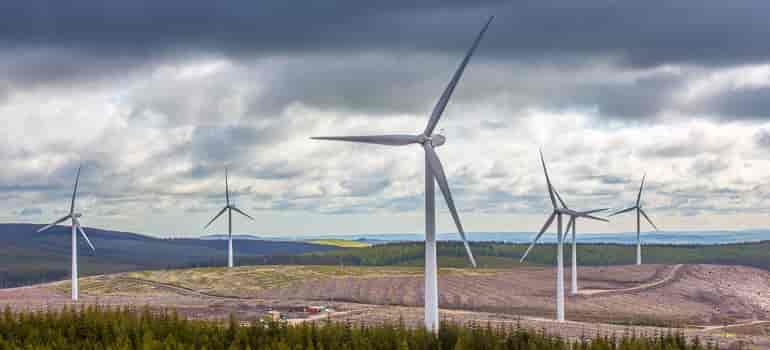
The Global Wind Energy Council (GWEC) has launched Africa WindPower (“AWP”) to address a clear need for a regional body representing the wind industry.
AWP offers a platform for dialogue between Africa’s wind industry and government stakeholders, with the ultimate goal of scaling up and accelerating wind project development and deployment across the entire African continent.
With sufficient investment appetite already in place, the development of fit-for-purpose government policy and regulation for the energy transition is necessary to unlock private investment from both within and outside of the continent.
Despite an early start for wind energy in Africa, wind energy deployment has often been held back as fossil fuel generation sources such as natural gas continue to make inroads in some markets, and coal, heavy fuel oil, and diesel remain a large part of the energy mix.
A recent report commissioned by the International Finance Corporation (IFC) shows that Africa has 59,000 GW of technical onshore and offshore wind potential, enough to meet the continent’s energy demand 250 times over. Building out wind farms that utilize Africa’s vast wind resources will drive investment, create clean energy jobs and critical infrastructure, and help support thriving local economies in line with the region’s Sustainable Development Goals.
The time for a wind-powered Africa has come; Africa WindPower is here to help make it happen.
That message is supported by many entities including the International Energy Agency (IEA), the International Renewable Energy Agency (IRENA), the World Bank Group’s IFC, African Ministries of Energy and National Utilities, National Associations, leading wind energy companies, local wind developers and investors, community leaders and youth climate activists. They’ve joined forces to deliver the message that the time for wind energy for Africa has come. (Please see full list of Africa WindPower Launch Event Speakers below)
Ben Backwell, GWEC CEO commented: “Africa has already begun its transition to a clean energy future, but this process is moving far too slowly with incumbent fossil fuels playing too prominent a role. Countries across the continent have the crucial ingredients to develop thriving local wind industries, which would bring significant jobs and economic growth to diverse communities. Despite what we are hearing on the world stage ahead of COP26, it is not only ‘Climate Finance’ but greater collaboration between the private and public sectors that will drive Africa’s energy transition and increase access to reliable sources of electricity.”
GWEC’s latest data shows that Africa is only tapping into 0.01 per cent of its wind resource, with over 7 GW of installed capacity as of the end of 2020, led by South Africa. Current installed wind energy capacity in Africa helps to avoid 10.7 million tonnes of CO2 emissions annually – equivalent to taking 2.3 million passenger cars off the road.
Wangari Muchiri, Africa WindPower Coordinator, added: “Africa has the opportunity to leapfrog traditional fossil-fuel-based energy systems to achieve a robust renewable energy mix. Wind Power is a vital part of this clean energy transition allowing for decentralized, affordable and clean energy. In addition, Africa boasts fantastic wind resources which can power the continent 250 times over while creating jobs and enabling the development of local industries. GWEC’s Africa WindPower will bring various stakeholders together to decrease the knowledge gap and increase the development and deployment of wind power throughout the continent.”
Africa WindPower is supported by GET.invest, a European program that aims to mobilise investment in renewable energy, supported by the European Union, Germany, Sweden, the Netherlands, and Austria.
